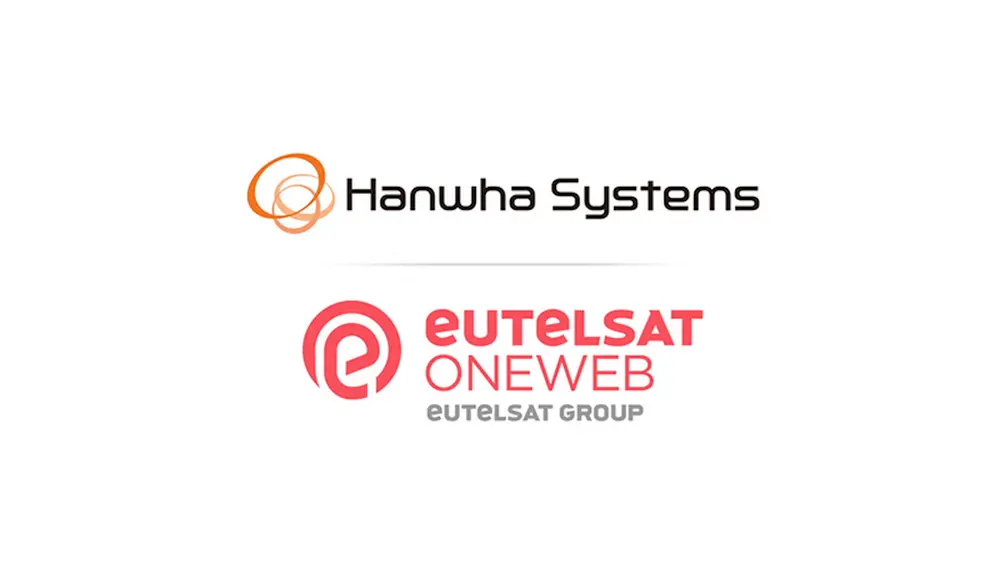US Space Force Improves Debris Tracking
May 01, 2020
In October 2019 we provided an update on Leo Labs’ space debris tracking system. See Cleaning Space Debris – an Update. The company tracks approximately 250,000 objects 10 cm (4 in) or smaller, which are orbiting Earth. In January 2020, Leo Labs raised concerns of a possible collision between two decommissioned satellites that narrowly missed each other.
At the end of March 2020, Leo Labs was joined by the “Space Fence” designed by Lockheed Martin. This radar system can also track objects as small as 10 cm and is now fully operational. Space Fence is part of the United States Space Surveillance Network (SSN) which is now part of the United States Space Force, formerly USSPACECOM (United States Space Command).

The Space Fence will improve the SSN’s tracking capabilities, significantly increasing the number of objects of this size that can be tracked. At the speeds these fragments are moving, they can create enormous damage if they collide with other satellites or the space station. SSN already tracks 26,000 objects and should be approaching Leo Labs tracking numbers in due course. The radar infrastructure is located on Kwajalein Atoll in the Republic of the Marshall Islands. The headquarters are in Huntsville, Alabama. Lockheed Martin’s technology can track objects in low earth orbit about the size of a marble. Knowing where these objects are helps provide the warning time to protect the Space Station, GPS, or other satellites. A second radar site is anticipated in 2021.





